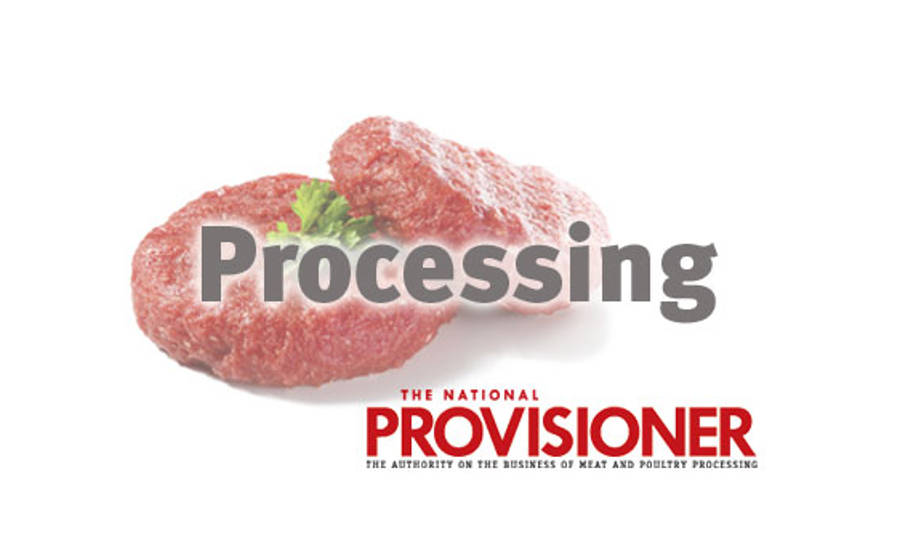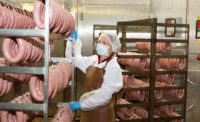"European poultry processing lines can handle 200 birds a minute, compared to about 140 birds in U.S. plants,” says Doug Britton, Agricultural Technology Research Program manager at the Atlanta-based Georgia Tech Research Institute.
The difference? Robotic automation.
“Most of the automation we’re seeing in the U.S. was developed in Europe first,” Britton says. “Machines can work longer hours and are more consistent, such as working 18 hours straight before stopping for sanitation purposes.”
The shift to automation is beginning in poultry processing facilities, while globally robotics is also increasing in lamb processing, he says.
“It’s challenging to staff processing lines, so many processors recognize how automation alleviates labor demand challenges — and safety concerns can now be a non-factor for some jobs,” Britton says.
If companies are using automation, they are generally employing fixed automation and robotic or intelligent automation, he says.
“Automation is used with evisceration, de-feathering, all the way to chilling,” Britton says. “The easy jobs are already automated in poultry. So the ones that aren’t automated are challenging like deboning, manipulating carcass before de-feathering, packaging and presentation.”
Meat processing is also full of manually demanding and repetitive jobs. “[These jobs] are better fitted for robots which never tire than humans who suffer from injury or, at the very least, boredom, low job satisfaction and productivity decrease over time,” says Nathan Wrench, head of the industrial and energy business at Cambridge Consultants, based in Cambridge, United Kingdom.
The use of three-dimensional X-ray sensing to determine the location and attitude of the bone structure, and to program the robot cutters accordingly, is a significant development for automation, says Wrench. “This adds a massive benefit over cutting to a template, and is a significant improvement over any external-only vision processing system,” he says.
Adding flexibility
While robots can work longer hours, humans have better hand and eye coordination. It’s still challenging for robots to manipulate smaller products, such as picking one breast out of a big bin, grabbing a de-feathered chicken, re-hanging one on the processing line or laying the bird flat for the water jet system, Britton says.
“Robots still need more flexible automation that the human eye and hand can do easily,” Britton says.
Robots are excellent at doing the same thing again and again but struggle to cope with anything they haven’t dealt with before.
“Until now, the response of the industry has generally been to add more sensors, an additional layer of error checking and to refine the response in the event of exceptions,” Wrench says.
The technology doesn’t exist yet for robots to perform the remaining manual tasks in plants because they involve multiple tasks with uncertain inputs, which may actually require changing the business structure itself.
“For me, what is striking about any aspect of the robotization of an industry is the degree of organizational or operational change that is also necessary,” Wrench says. “This [increasing automation] may involve a greater degree of centralization and standardization, for instance, in order to ensure that the capital investment can be offset against a sufficiently large improvement in productivity.” NP






Report Abusive Comment